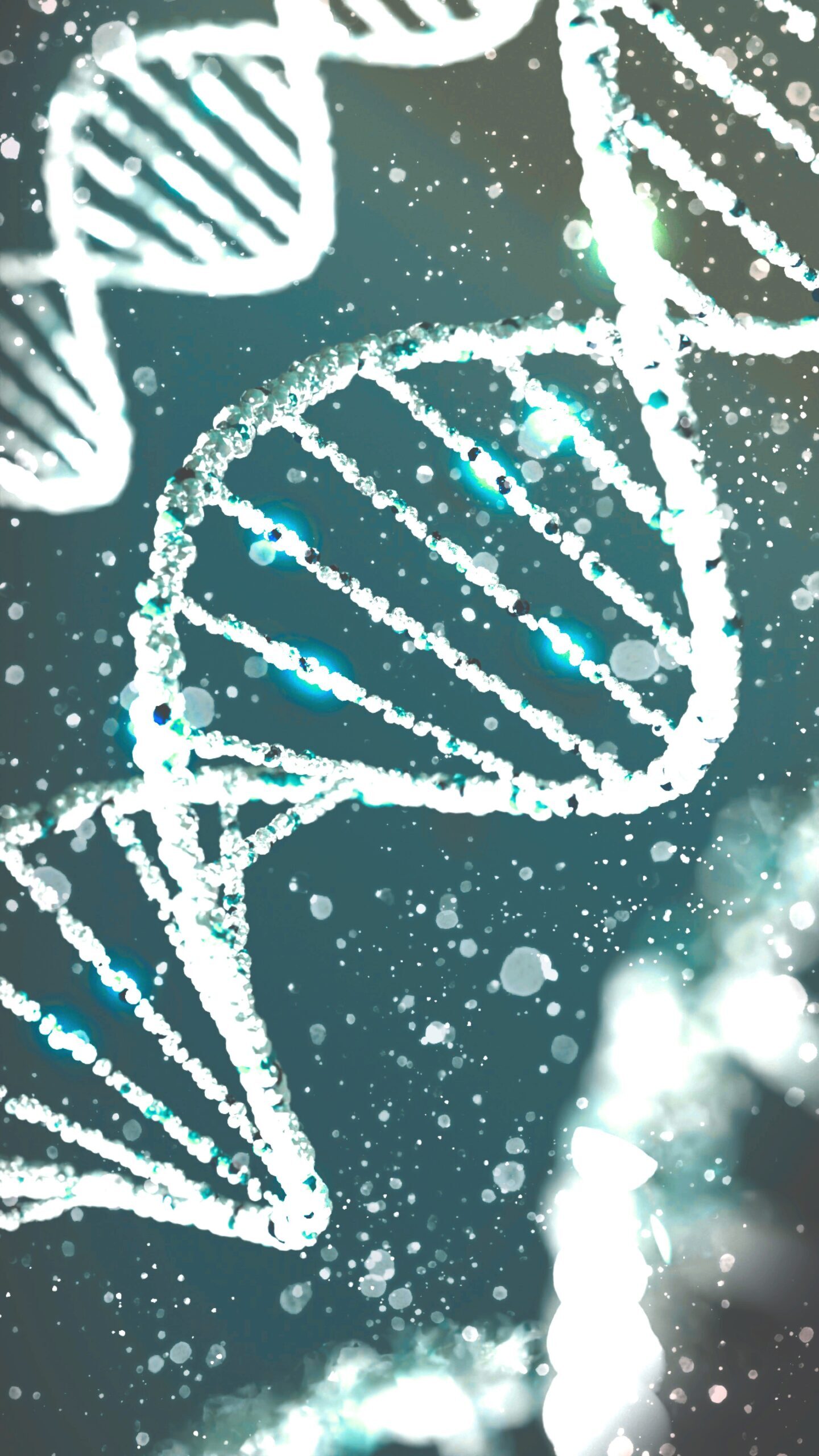The science behind our products
We offer safe, science-based and innovative solutions that are supported by robust preclinical and clinical trials. We combine cutting-edge R&D with the newest trends in science and research in order to provide genuine value for people worldwide.
Psychobiotics
What is the gut-brain axis?
It is a bidirectional link between central nervous system (CNS) and enteric nervous system (ENS) located in the gut. Its main component is vagus nerve that links cognitive and emotional centres in the brain with gastrointestinal tract.
Psychobiotics– a revolution in psychiatry
This term refers to live bacteria that have a positive impact on mental health. They can be used in therapy of different mental disorders, as well as in healthy people.

How do psychobiotics work?
Microbiota in the gut communicates with the brain through 4 different pathways.
nervous system
Gut microbiota synthesize neurotransmitters like serotonin, dopamine, GABA, acetylcholine, melatonin which play an important role in mental wellbeing, cognitive functions, sleep or motivation.
neuroendocrine system
Microbiome is crucial for the proper development of HPA axis, which is mainly responsible for stress response. Gut dysbiosis leads to anxiety-like symptoms and impairs social behaviours.
immune system
Immunity is also strongly influenced by the microbiome. It can synthesize pro- and anti-inflammatory cytokines that activate immune system and influence immune response.
metabolic pathway
Short-chain fatty acids (SCFAs), vitamins and mineral elements are products of bacterial metabolism. They support learning and memory, serotonin release, as well as anti-inflammatory processes.


